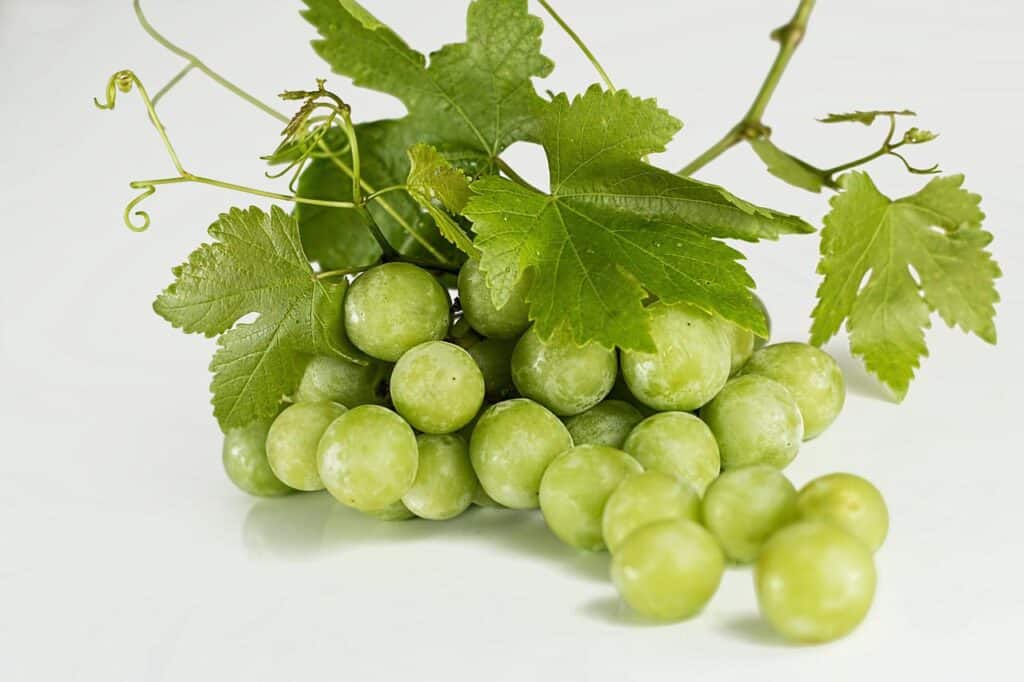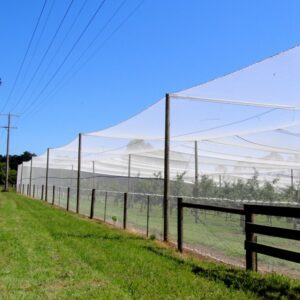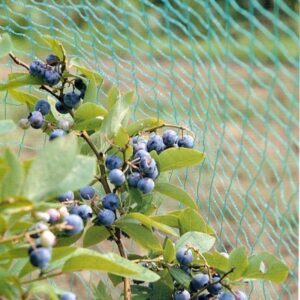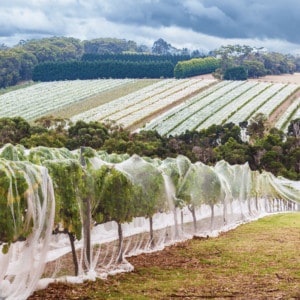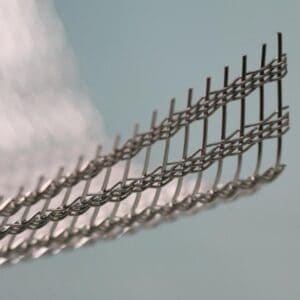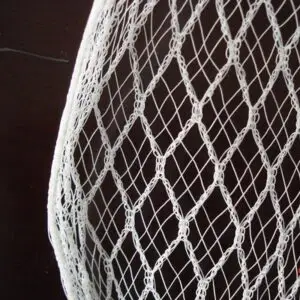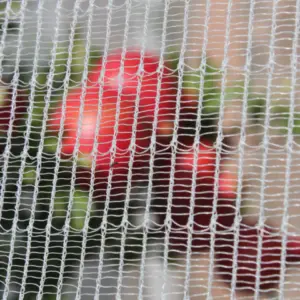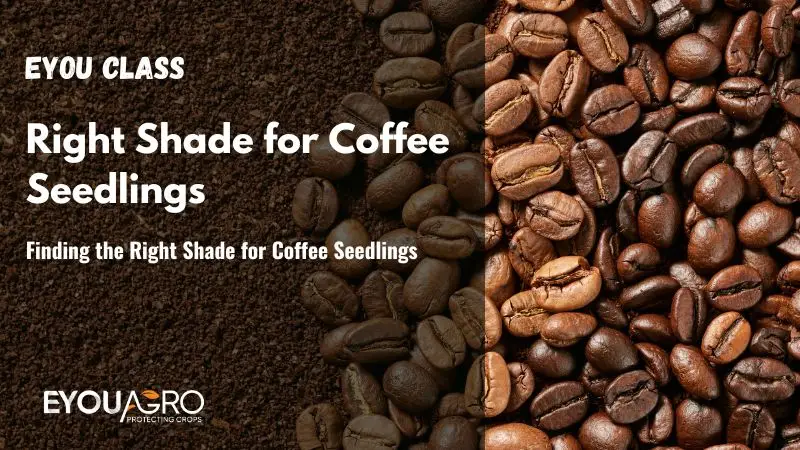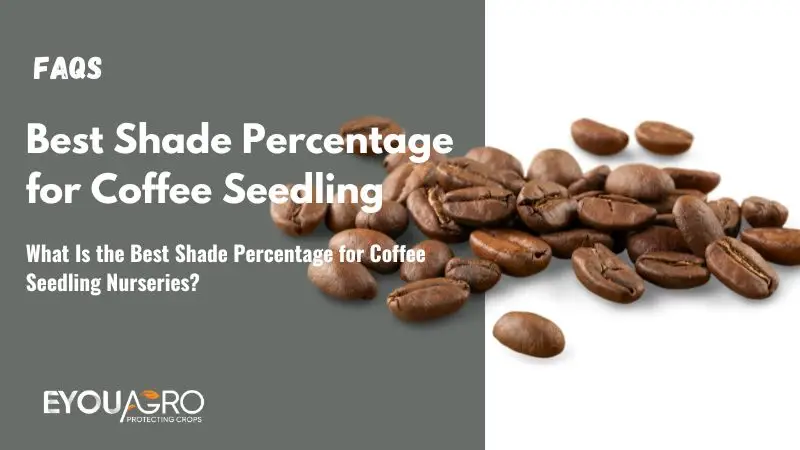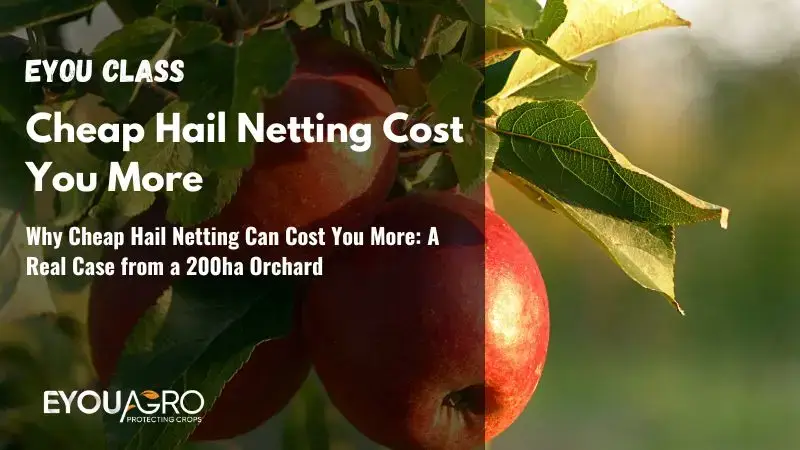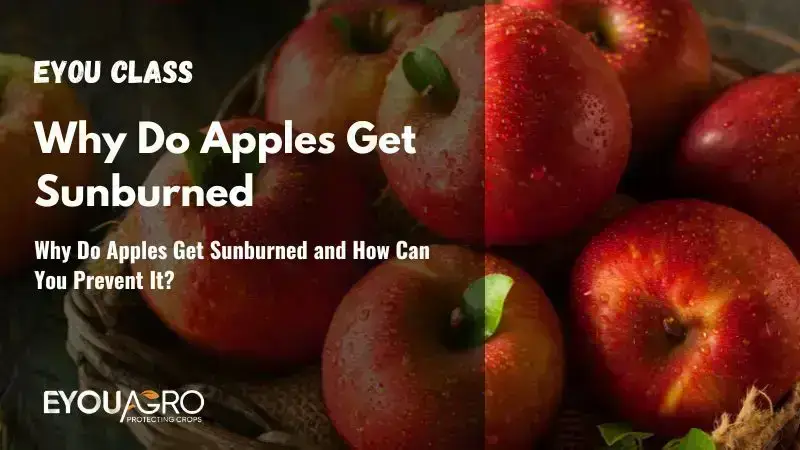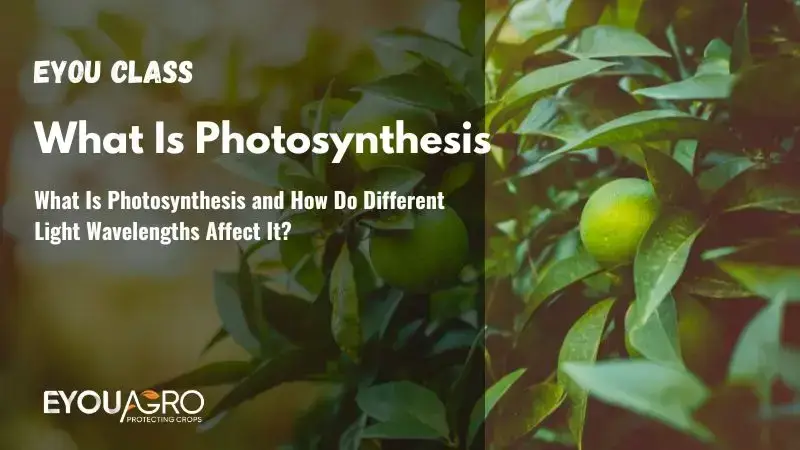Just like you can develop a sunburn, your grapes can get one, too. If the fruit is not protected from direct sunlight, it can be damaged and even die. This can cause loss of crop, which makes it important to take precautions.
According to the United States Department of Agriculture, Sunburn causes significant losses in the quality and yield of wine grapes. Sunburn impacts 5–15 percent of overall wine grape output in Australia and up to 40% of bunches in susceptible cultivars like Muscat in Chile.
Fortunately, there are several things you can do to protect your grape from sunburn. Let us see some of the ways
What is Sunburn?
Grapes sunburn occurs when grapes are exposed to excessive heat. It also occurs in other fruits, such as nectarines, peaches, and plums.
The condition is caused by chemical changes in the skin of the fruit due to exposure to excessive ultraviolet light. It causes sunburn patches on the fruit, which can make it look unappealing on supermarket shelves. It can also affect the flavor of the grapes.
Grapes sunburn isn’t dangerous for humans, but it is a problem for you as a vineyard grower because consumers will avoid buying your damaged-looking fruit.

Why Do You Need to Protect Your Grapes From Sunburn?
Sunburn is a common problem for grapes grown in warm areas with lots of sunshine. If left untreated, it can lead to serious health issues for your vineyard.
When a grape suffers from sunburn:
- Its skin becomes very pale and almost translucent.
- Develop a leathery texture and become dried out or shriveled.
- Attracts insect that burrows into it
- Leaves your vineyard vulnerable to infestation by pests like birds, wasps, and flies.
- Cause bacteria to thrive in damaged grapes causing diseases
How Do You Prevent Grape Sunburn?
The problem can be minimized if you take steps to protect your grapes from excessive heat and light early on.
Let’s take a look at some ways you can protect your grapes from sunburn.
1. Plant Your Grapevines on a Trellis
One of the most important things you can do is to place your grapevines on a trellis. Grapevines on a trellis grow up and away from possible reflective surfaces, like rocks or concrete. The harsh sunlight that reflects off of these surfaces can burn your grapevines more easily than direct sunlight.
This will also protect them from strong winds and direct sunlight, which is the biggest danger for grapevines. The trellis should be made of wood, wire, or plastic and be at least three feet tall.
The most popular trellis designs include “C” and “U” shapes, which allow you to hang more grapes on the same amount of wire. These designs also give your vines room to grow in all directions, creating a more even canopy. Choose a trellis design that reflects your individual grape needs — if you like compact bunches, for example, stick with a “U” shape. If you enjoy long, luscious grapes, go for a “C” design.
2. Remove Leaves to Allow More Airflow
It’s also important to have good air circulation around your grapevine to encourage strong growth and healthy development. If you live in an area that has frequent moisture or humidity this will help prevent mildew from growing on your plants and prevent any fungal diseases from spreading to other nearby plants.
It is usually best to remove leaves from the east and west sides of the vine because these are the areas that receive the most direct sunlight. It can also be helpful to remove some of the lower leaves (those closest to the ground) as well.
When removing leaves, try not to damage any buds that might already be forming. You can tell if they’re present by looking at the bottom of each leaf where it grows out of a stem. If you see a small bump, then a bud is already forming there.
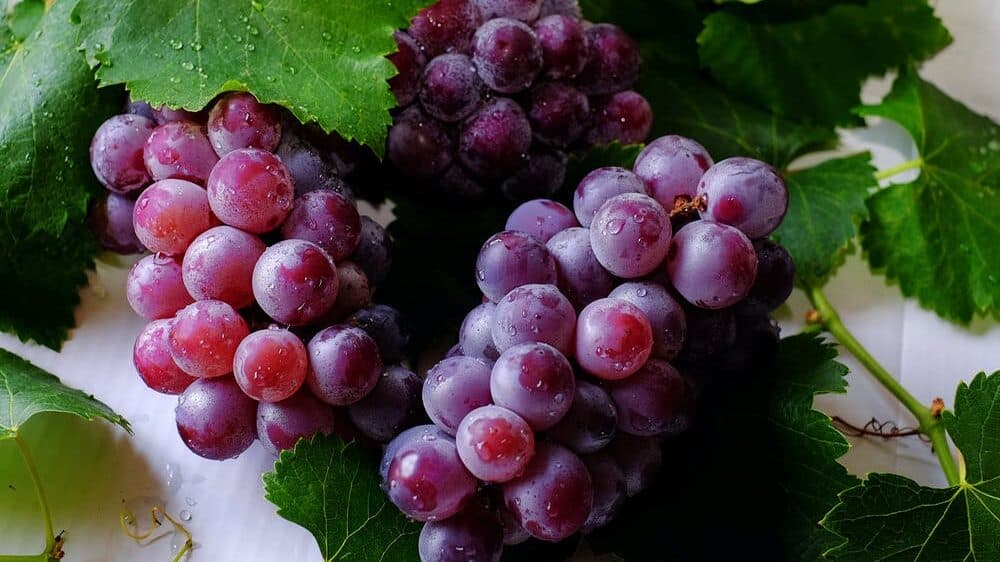
3. Watering Your Grapes
Watering keeps the grapes cool and moist, which reduces the potential for sunburn. Make sure you water your grapes once a day during hot weather. Good watering means soaking the soil around the grapevine until it is moist to a depth of 8 inches.
You will need to repeat this process when the top two inches of soil dry out. The exact frequency of watering is determined by how hot and dry it is in your area. In areas with cooler summers, you may not have to water at all.
Once a week, give your grapevine a deep watering that soaks it down to about 18 to 20 inches deep. This ensures that there is moisture available for the roots deeper in the soil as well.
4. Use Vineyard Netting
Create some sort of shade for your grapevines using vineyard netting. This will allow sunlight through, but it will prevent UV rays from hitting the grapes directly.
You need a way to create some sort of shade for your grapevines using vineyard hail netting. This will help protect them from damaging UV rays. Just choose the right netting supplier.
The best time to install netting is in late spring, as grapevines grow very quickly this time of year and will soon be difficult to handle. Although nets can be installed at any point during the season, it’s best to do it when you can still get close to the plant without fear of being scratched by its thorns
You’ll need vineyard netting if you don’t have trees for overhead shade in your vineyard, but want to block some of the sunlight on hot days when you think your grapes might burn. Use vineyard netting that allows 30 percent of light through; this will allow enough light for photosynthesis while still blocking some rays that would otherwise cause damage.
5. Train the Vines Horizontally and Trim leaves
Plant your grapevines on a trellis so they can grow up and away from possible reflective surfaces, like rocks or concrete. If you don’t have room for a trellis, consider training the vines on a fence or building.
Another way to protect your grapes from sunburn is to get them off the ground. Keep the leaves trimmed so they aren’t shading the grapes as they mature. You can also prune back branches that are getting too long, which will cause them to grow thicker and more upright, with smaller leaves that won’t shade the grapes as much.
6. Select the Right Sunburn Resistant Grape Varieties
The best way to prevent grape sunburn is to choose varieties that are resistant to sunburn. Many varieties of grapes have been developed specifically to prevent this problem.
Some of these include:
- Cabernet Sauvignon, Pinot Noir, and Merlot for red wine grapes
- Sauvignon Blanc, Pinot Gris, and Chardonnay for white wine grapes
Conclusion
No matter how careful you are, your grapevines will eventually get sunburned. And while it may not look like much, this seemingly harmless damage can hurt your grapes and reduce their overall yield. To avoid it, be sure to protect your vines with things such as vineyard netting.
Eyouagro has a variety of vineyard netting that can help you protect your grapes from the harsh rays of the sun.
To discuss your vineyard shade protection needs, kindly contact us at info@eyouagro.com

